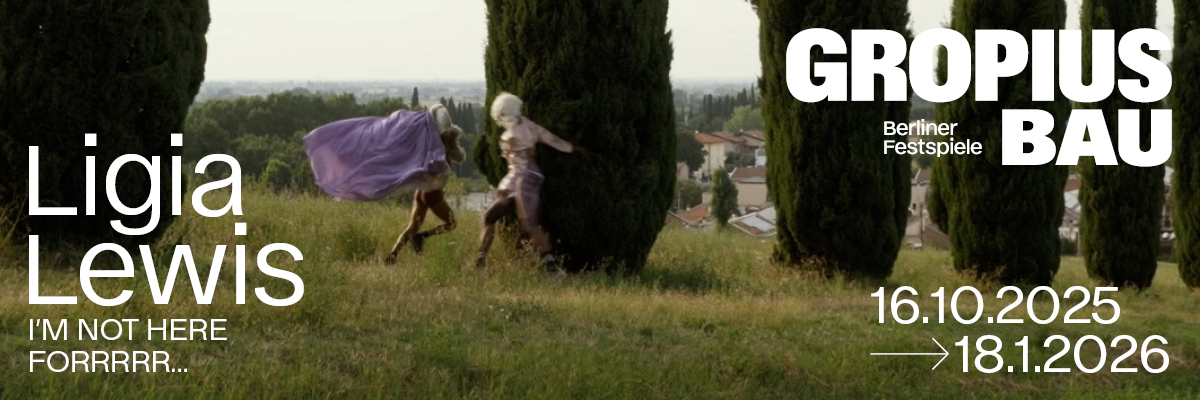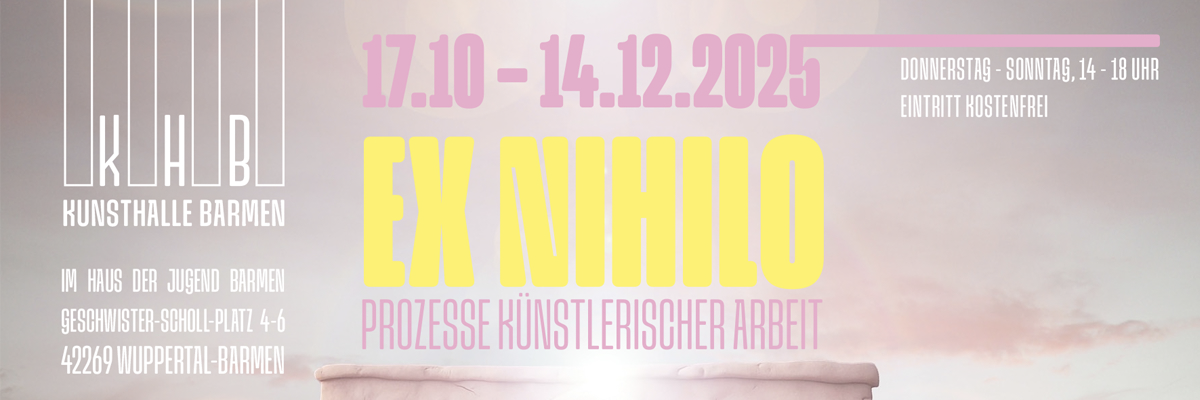
Giulio Saverio Rossi
Un’immagine ci tiene prigionieri
Project Info
- 💙 Quartz Studio
- 💚 Alessandra Franetovich
- 🖤 Giulio Saverio Rossi
- 💜 Alessandra Franetovich
- 💛 Beppe Giardino
Share on
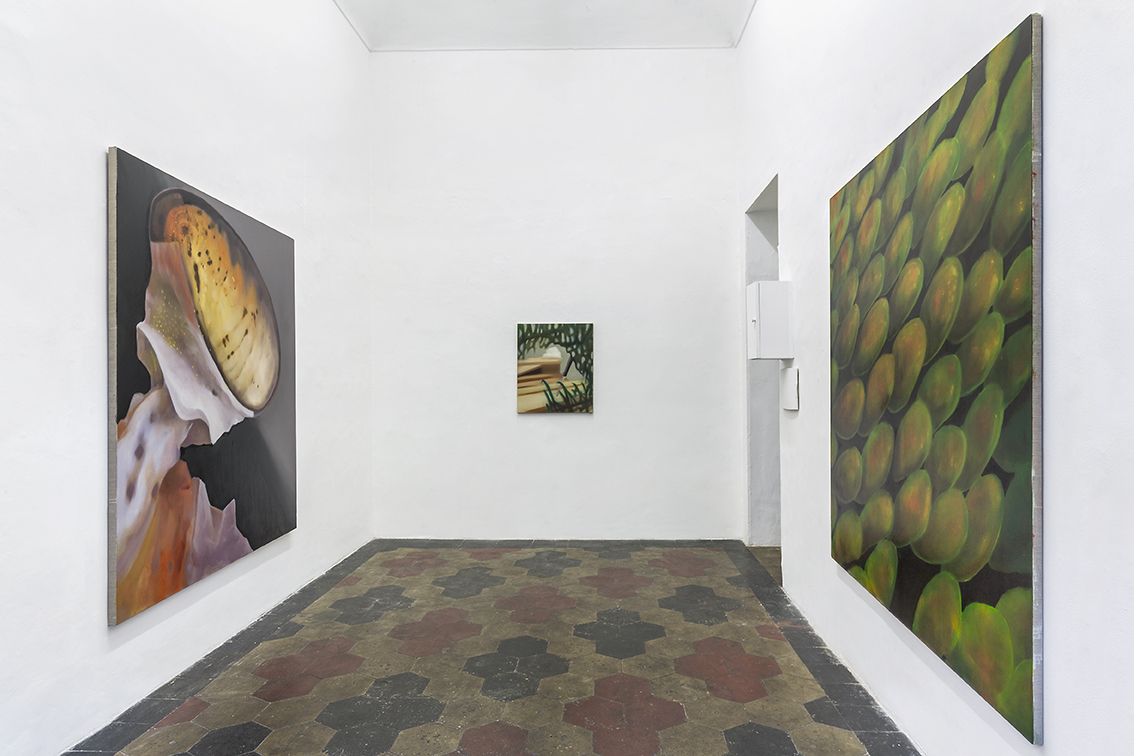
Giulio Saverio Rossi, Un'immagine ci tiene prigionieri, installation view, 2023, at Quartz Studio, Torino.
Advertisement
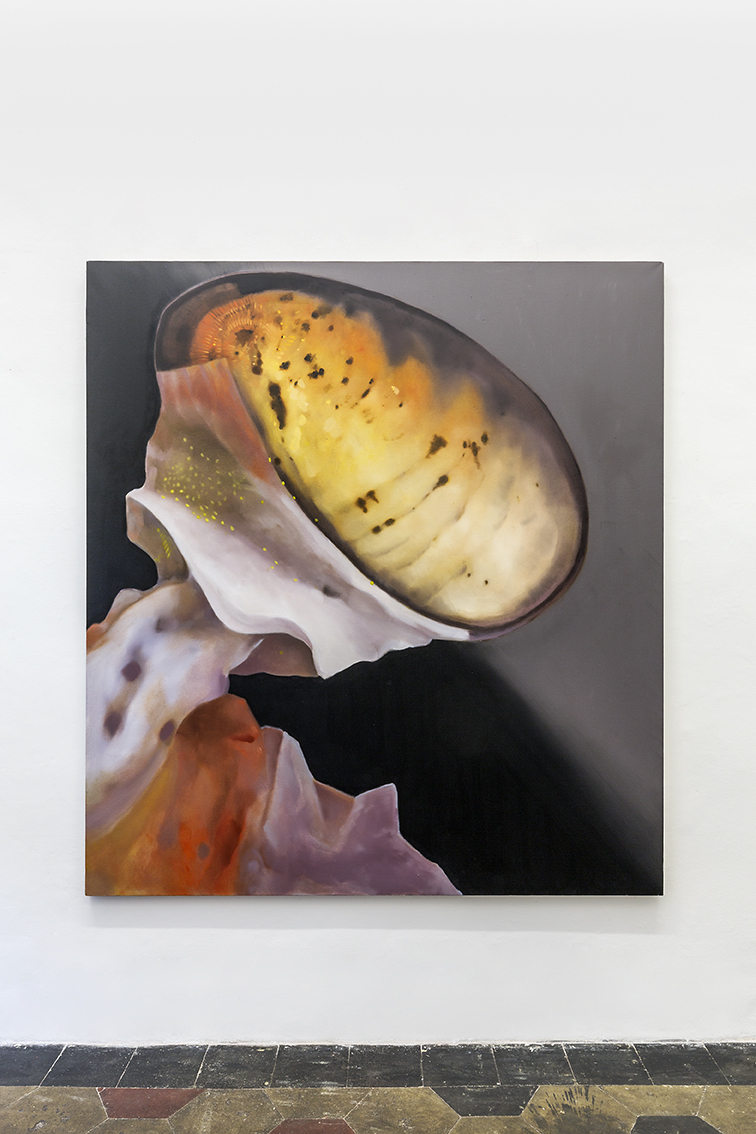
Giulio Saverio Rossi, Scientific Papers (Mantis Shrimp), oil on linen, 2023, at Quartz Studio, Torino.

Giulio Saverio Rossi, Scientific Papers (Butterfly wings), oil on linen, 2023, at Quartz Studio, Torino.
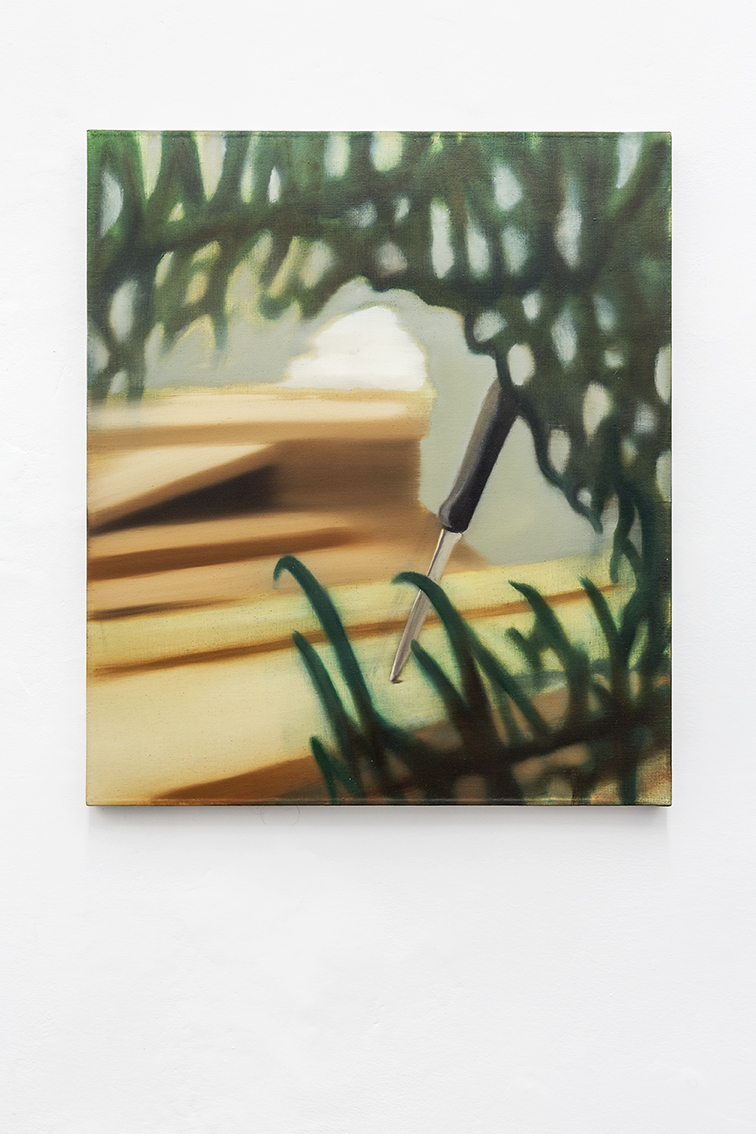
Giulio Saverio Rossi, Un'immagine ci tiene prigionieri (Cosmo), oil on linen, 2022, at Quartz Studio, Torino.
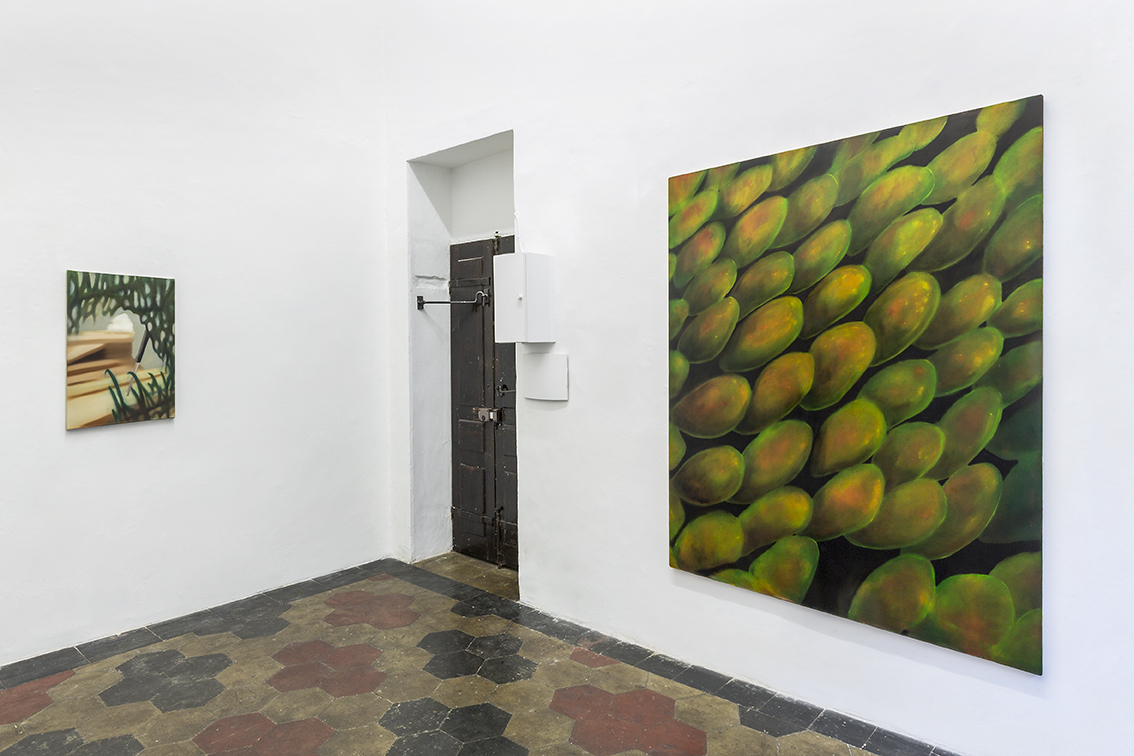
Giulio Saverio Rossi, Un'immagine ci tiene prigionieri, installation view, 2023, at Quartz Studio, Torino.
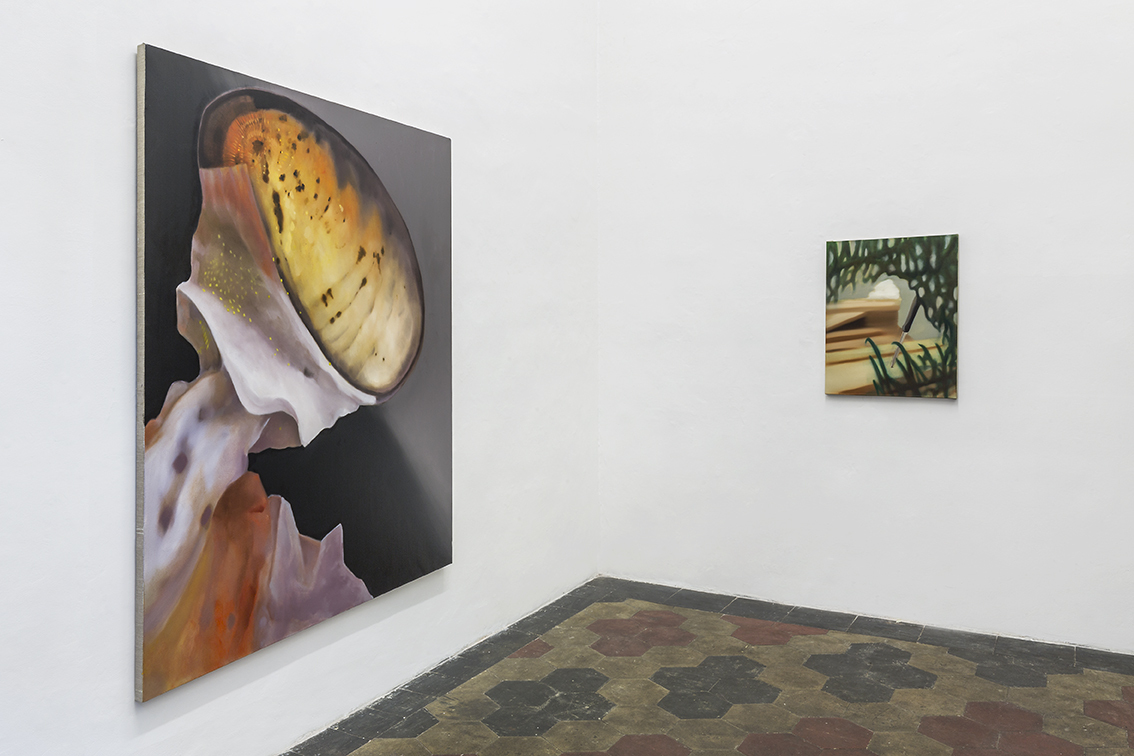
Giulio Saverio Rossi, Un'immagine ci tiene prigionieri, installation view, 2023, at Quartz Studio, Torino.
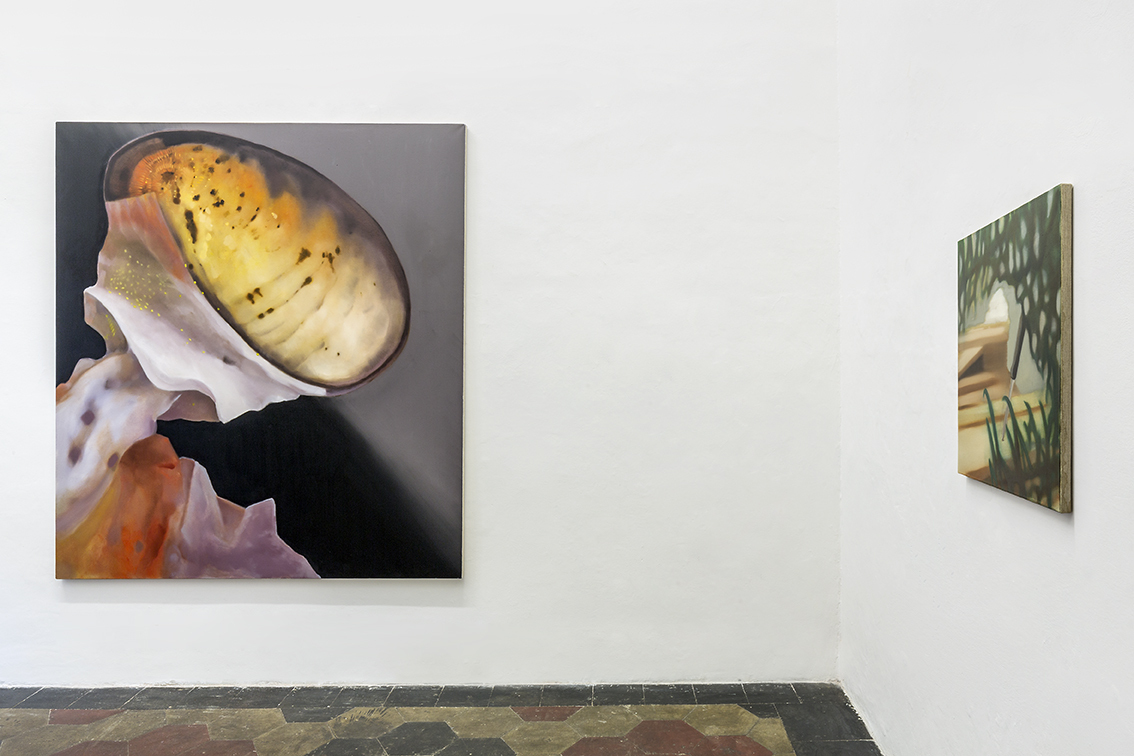
Giulio Saverio Rossi, Un'immagine ci tiene prigionieri, installation view, 2023, at Quartz Studio, Torino.

Giulio Saverio Rossi, Un'immagine ci tiene prigionieri, installation view, 2023, at Quartz Studio, Torino.
Un'immagine ci tiene prigionieri (An Image Holds Us Captive) compiles and expands upon the critical conception of the pictorial medium, a crucial element in the poetics of Giulio Saverio Rossi. Through the fusion of two theoretically distinct artistic genres, scientific illustration and urban landscape painting, the two new series of works showcased here introduce a distinctive and unified visual language. It is a language which provokes contemplation on the possibilities of vision, resonating across various elements of the exhibition, from the use of optical instruments to the presence of an animal eye, and the very nature of human sight itself. Together, these aspects form a comprehensive picture, collectively contributing to an enriched understanding of the art of seeing.
The eye of an Odontodactylus scyllarus (peacock mantis shrimp), the wings of a butterfly observed under a microscope, from the series Scientific Papers, and a knife embedded in wooden planks at a city construction site, from the series Cosmos—these images serve not only as subjects of investigation at an iconographic level but also as different forms of subjective perspectives. They present diverse opportunities to reconsider the proximity and distance existing between the observer and the object under observation. This intricacy weaves a network of references that not only moulds the observer's presence—seemingly external but actively involved within the exhibition's context—but also redefines the apparent traditionalism of the exhibition and media environment. Within this paradigm, the gaze is revitalized, becoming prismatic, intricate, and multidirectional. This is illuminated through what can be termed 'scientific painting', as it translates scientific imagery into artistic form. The concept of 'painting of occasion', a term the artist adopts from the philosophy of Günther Anders, further underscores this relationship between art and science. Here, optics play a crucial role, offering an unusual form of exploration by steering clear of experimenting with innovative notions, laws, or expressiveness. Instead, the artwork functions as both an optical device and a mirror, allowing viewers to not only observe but also introspect, becoming at once an object in space and a subject with interiority. All of this takes place within an environment filled with replicated serial images, reconstructed through a technique that uniquely generates exclusive, one-of-a-kind copies.
Amid images that cryptically appear as something other than what they are, a sense of estrangement arises, marked by a distorted sense of proportion: the mantis shrimp's eye is enlarged, and the butterfly's wing even more radically so. The image of the knife may seem true to a 1:1 scale, yet it was created by capturing the scene with a mobile phone. This plurality of dimensions, sizes, and perspectives perplexes the observer, who might consider picking up the knife, getting lost in the captivating patterns of iridescent wings, or confronting an eye larger than themselves. Faced with a strange and sometimes unsettling noise, our attention gravitates towards the familiar: the knife. It not only serves as a common tool but also symbolizes with its erotic undertones, intensified by the voyeuristic view from a construction site network, forming a new kind of baroque tent. This interplay between observer and observed reverberates throughout. On one hand, the exhibition elucidates the prevalence of visual culture in Western art. Simultaneously, it reevaluates its established norms and hierarchies, facilitating an exchange of glances with the animal kingdom.
This exchange begets a sense of inferiority within humanity: the mere three photoreceptors in the human eye pale in comparison to the sixteen possessed by the Odontodactylus scyllarus. The visual capacity of this species vastly surpasses our own, challenging our imagination to comprehend such superiority. This marked disparity acts as the catalyst for the transition from empirical observation to artistic creation. Giulio Saverio Rossi's work acknowledges the fact that art resides in the realm of imagination, transcending the bounds of logic and reason. Within this realm, however, lies the potential to disrupt our fixed gaze, often confined by societal norms, cultural standards, and physical limitations. The reference to Wittgenstein validates the comparison between diverse works, each representing distinct methods of image construction. This serves as the foundation of An Image Holds Us Captive, opening a tiny inlet (or suspicion, to quote Groys). Although minuscule, it is evident that we have the ability to manipulate scales and adjust them to our preferences.
Taking its title from a freely adapted translation of Ludwig Wittgenstein, the exhibition contextualizes the role of painting by examining shifts in meaning prompted by post-structuralist philosophical theories and critiques of language. Unlike the original literary source, where the reflection is expressed in the past tense ('held' rather than 'holds'), An Image Holds Us Captive engages with present-day conditions of observation. It encapsulates the experience of individuals submerged in the labyrinth of positivist control, which still plays a central role in today's institutional reality. People are overwhelmed by the abundance and ubiquity of visual content. The current state of the pictorial medium is therefore regarded as pivotal for uncovering and interpreting image construction processes, particularly challenging in the digital age due to the complex dynamics governing its creation, dissemination, and consumption. It also hints at a possible solution: establishing new ecologies of the gaze.
Alessandra Franetovich
